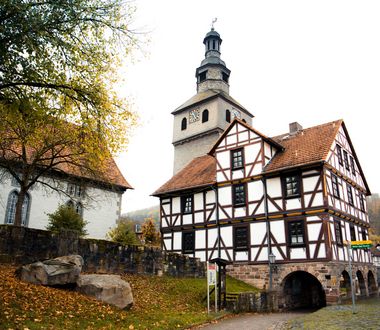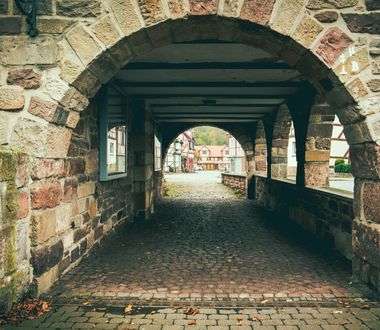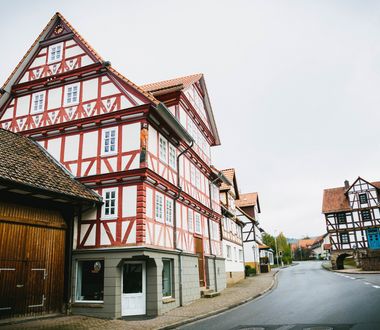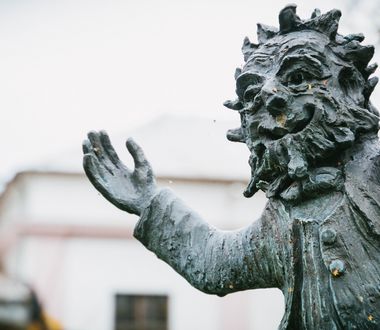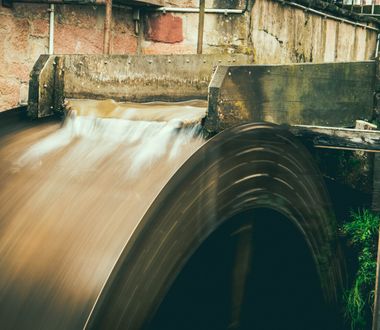Helsa
Helsa - Historic half-timbered village
Helsa is a municipality with 4 districts, embedded in the valley between Söhre/Kaufunger Stiftswald and the nature park Meißner-Kaufunger Wald. The varied history in the small villages is characterized by the well-preserved half-timbered houses with their various church buildings.
Helsa for friends of fairy tales
Fairytale paths take the hiker to the individual villages with their special characteristics.
In Helsa, the "Rumpelstiltskin Fountain" near the old and now newly renovated König von Preußen Inn invites you to stay. There you can see the importance of the mills in the Losse valley, one of which now produces electricity and the other still preserves the interior of the old miller's craft from the 1930s.
Helsa for holiday tourists and day visitors
The district of Wickenrode keeps old miner traditions alive and has made a name for itself through the glassblowing trade. The Geo-Eco-Path points this out in detail.
At the Honighof you can feel the strength of old legends and stories. In winter, skiers gets their money's worth of sport at the ski lift.
In the Eschenstruth district, you will encounter the handloom weaver and also the bullfinch or the blood finch, as it is called here. Passing the cider mill you come to the Waldhof settlement, which was built as a housing estate for women and girls who were forced into military service and is now a model settlement. The Hirschhagen theme trail starts here with many references to the time of the Second World War.
The smallest part of town, St. Ottilien, with its Huguenot church, is a reminder of the typical structure of the houses in the village. The Waldensian hiking trail is also connected to the Huguenot village, as is the Premium Trail 22.
Not only the Huguenot Church is architecturally distinct, but also the independent church tower in Helsa or the Romanesque church tower in Eschenstruth.
